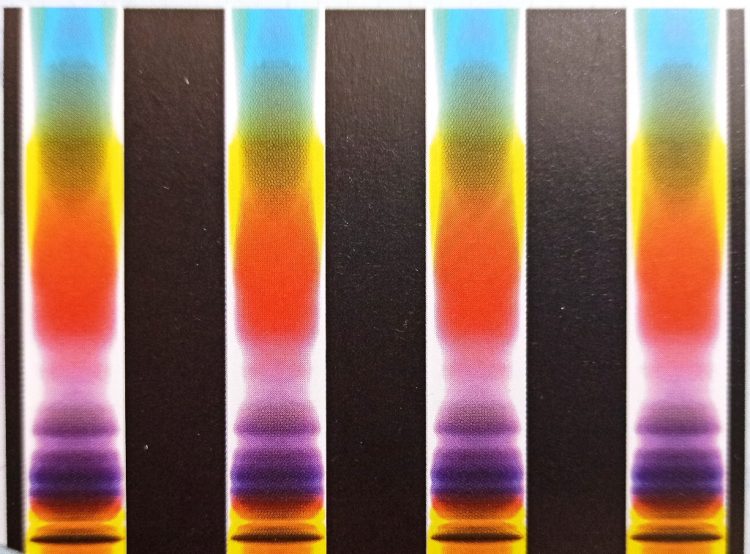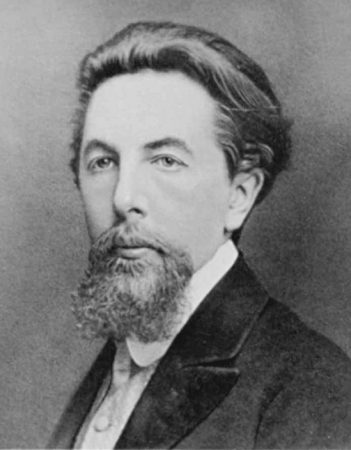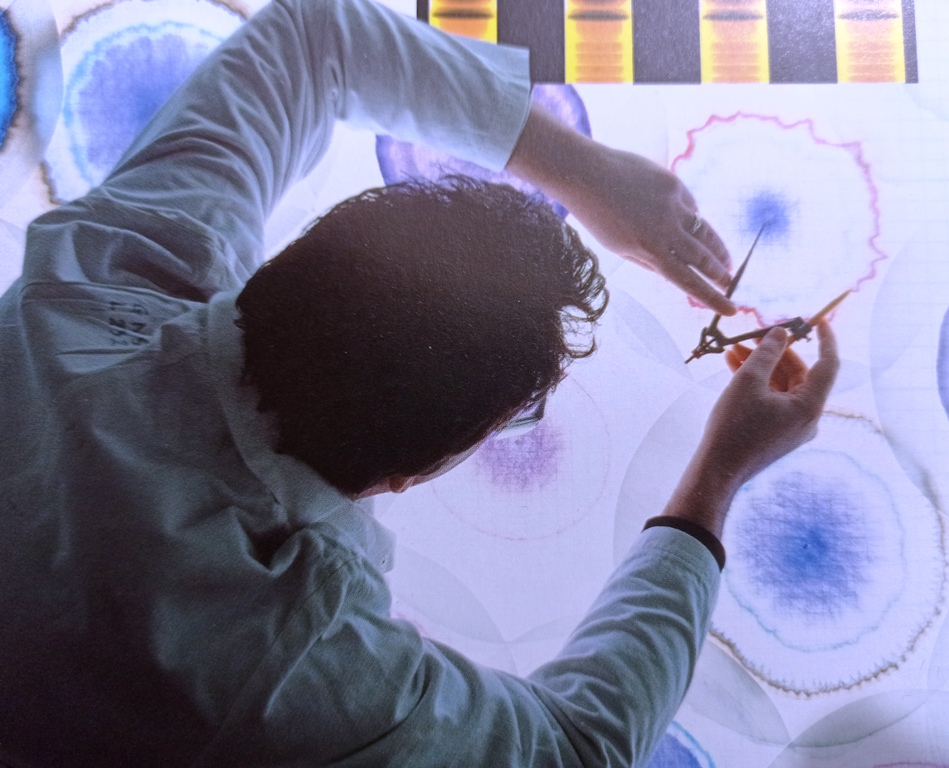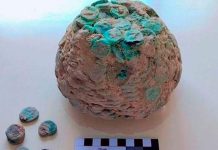The History of Chromatography is very interesting to know. But the word might also be a play on the botanist’s own surname, which means ‘color’ in Russian. According to this interpretation, ‘chromatography’ would literally mean ‘Tsvet’s writing’.
Analytical tool – A scientist uses compasses on a chromatogram to measure the distance traveled by each constituent element of the substance under investigation. This colorized digital image shows a clear separation between the constituents.

Chromatography 1903
Like light rays in the spectrum, the different components of a pigment mixture, obeying a law, are resolved on the calcium carbonate column and can then be qualitatively and quantitatively determined. This is how Russian botanist Mikhail Tsvet attempted to explain chromatography, the method of color analysis that he had invented.
He first presented his findings to scientific peers as early as 1901. However, in 1903, he published an account of them for wider consumption in proceedings of the Warsaw Society of Naturalists.

Although Tsvet was very interested in plant pigments! The problem was that having obtained a plant extract, how could it be separated into its constituent elements to facilitate further study?
He found the answer quite by chance. Having prepared an extract of spinach with petroleum ether, he filtered the solution by passing it through a column of chalk (Calcium Carbonate) in a vertical glass tube.
As he did so, distinct areas of yellow and green pigment appeared in different parts of the column. Tsvet realized that each pigment had traveled a specific distance before being deposited in the chalk.
To obtain pure components of the pigment, all he had to do was to take samples from each color zone. This was the basic principle behind the science of chromatography.
Neglect and Revival
Tsvet’s work excited some interest. But it was soon forgotten in all the upheaval of the First World War and the Russian Revolution. Tsvet died in 1919, aged just 47. Then, in 1931, two biochemists at the University of Heidelberg, Edgar Lederer and Richard Johann Kuhn, were conducting their own research into plant pigments and resurrected his technique.
Several new methods of chromatography were devised thereafter along essentially the same lines. That is by filtering a liquid or a gaseous compound through a medium – paper for example, or a porous material a gas, an immobilized liquid. That retains each of the separate components at a particular level.
Chromatography has since become an indispensable tool in organic and biochemical research. It is used for example; to detect drugs in athletes’ blood samples to isolate a particular ingredient for drug manufacture and more generally to separate analyze and identify different elements within compounds.

Read More
- Titanic History – A Miserable Night to Remember
- Legal and Ethical Issues in Salvaging Titanic Wreck
- Architecture and Applied Arts in Old Spain
- The Historical Rare Pictures of RMS Titanic Ship
- The Lost Treasure of Kelly’s Canyon, Idah







